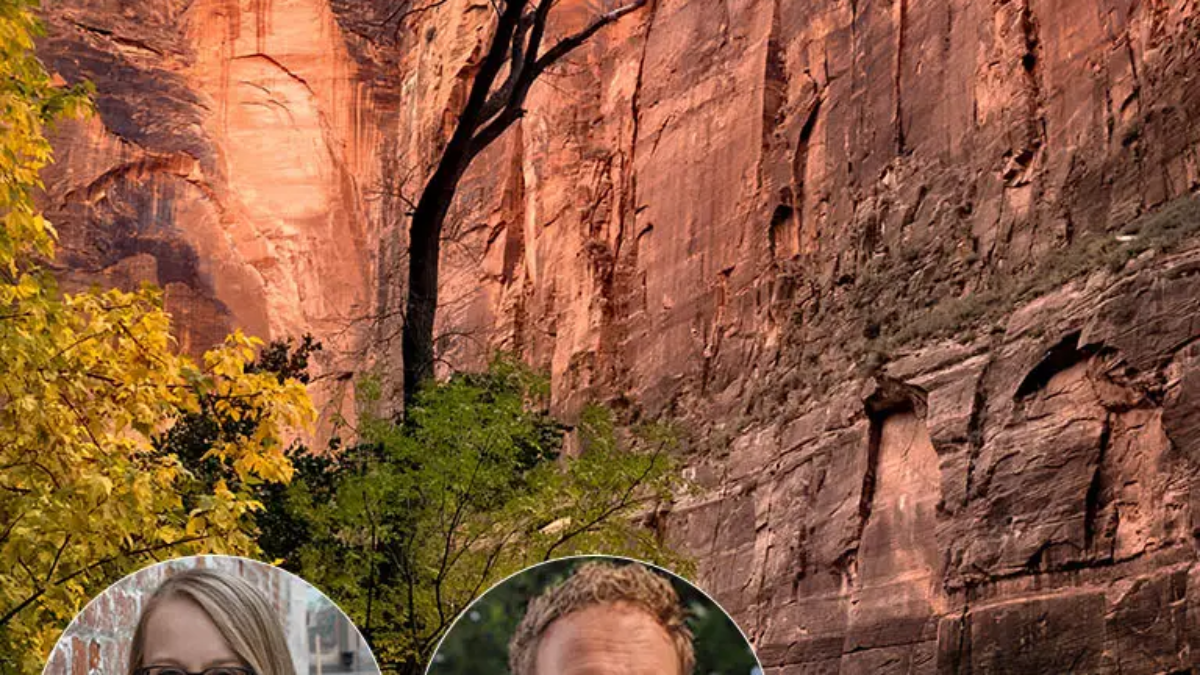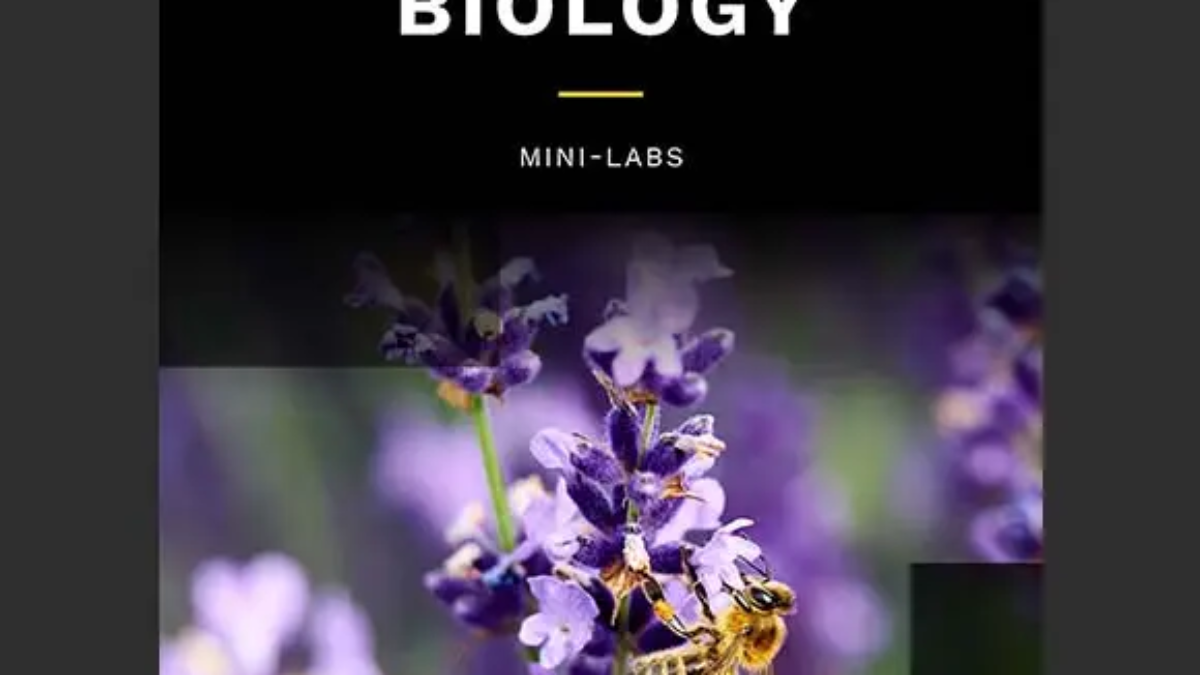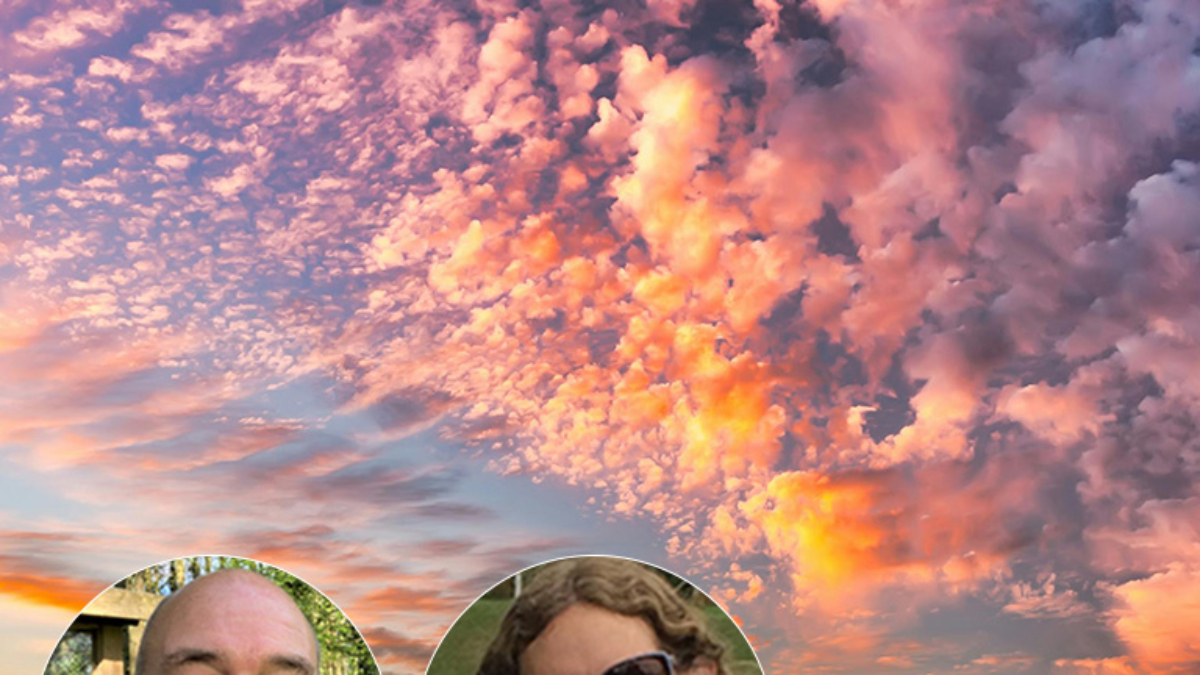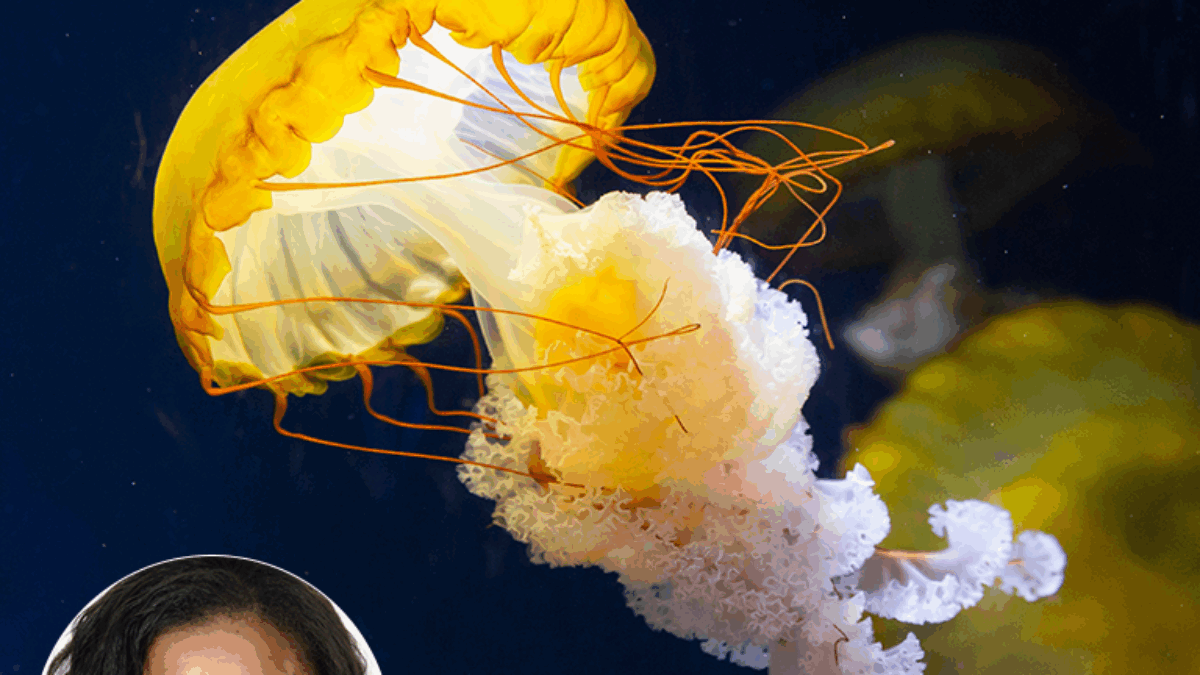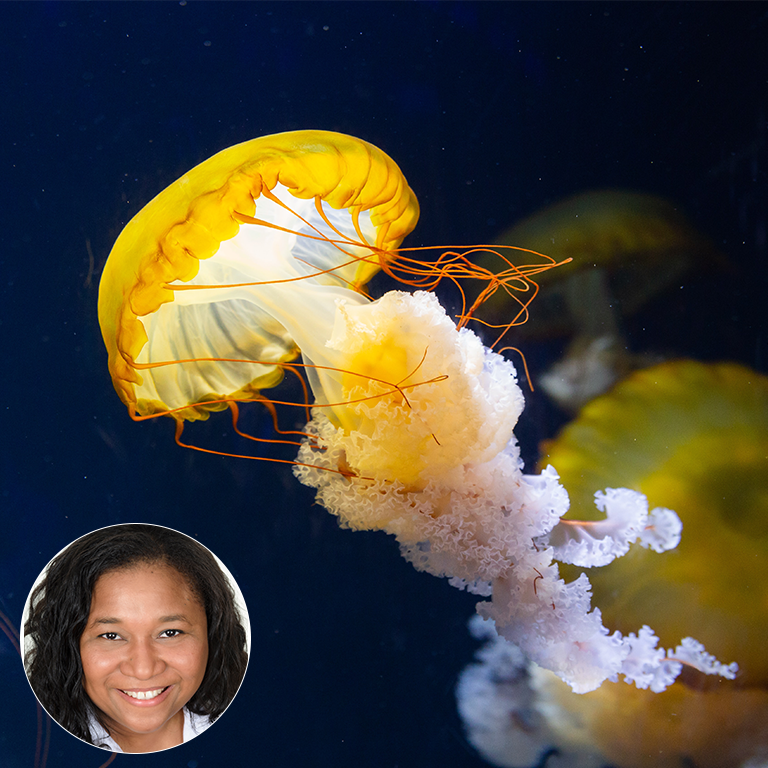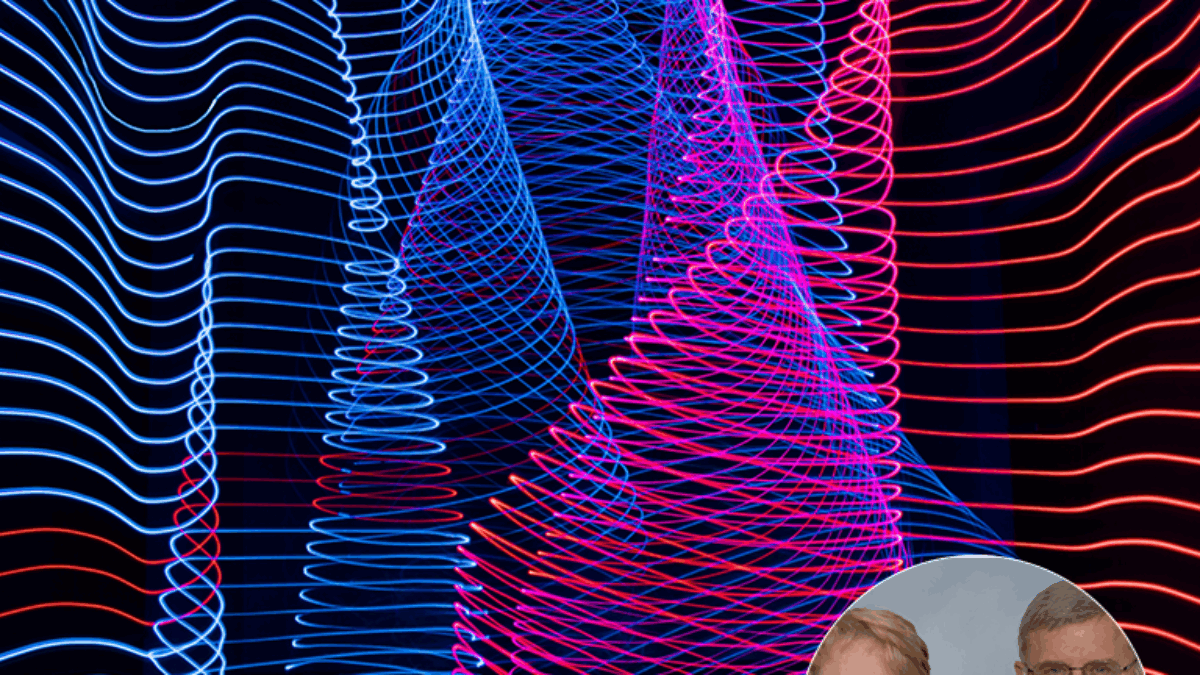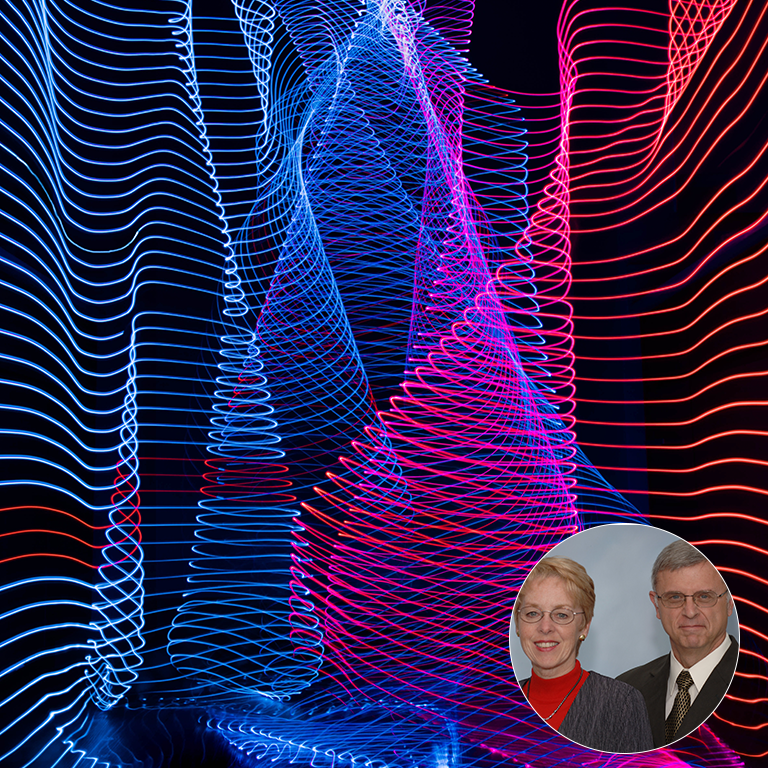National Geographic MapMaker, developed by Esri and National Geographic, is a mapping application that uses the latest in GIS software to connect social studies and science classrooms with essential technology for exploration. Created specifically for students and educators, MapMaker is easy to use, free to access, is browser-based, and usable on most laptops and tablets. Learn about MapMaker and how your students can gain a better understanding of how the world’s most crucial issues, challenges, and opportunities fit into the context of place.
Biology Mini Labs
Mini labs that enable a quick investigation as part of conceptual development. Each minilab is tied to a Science and Engineering Practice. Through biology mini labs, students develop essential laboratory skills, such as proper handling of biological specimens, data collection, analysis, and interpretation. These hands-on experiences enhance students’ understanding of biological concepts and foster a deeper appreciation for the scientific process.
Empowering Student Success: Instilling Confidence in the Science Classroom and Beyond
National Geographic Learning, a part of Cengage Group, and Kognity collaborate to bridge “achievement gaps” in the educational resources market. Together we are bringing high-quality, modern and engaging learning experience to high school science classrooms. With Kognity, educators can more easily drive academic achievement and success on high-stakes assessments by tracking student performance and usage of the digital platform. Kognity provides both educators and students with high-quality, engaging materials that improve students’ exam readiness.
Explore the Power of MapMaker to Fuel Your Science and Social Studies Classrooms!
National Geographic MapMaker, developed by Esri and National Geographic, is a mapping application that uses the latest in GIS software to connect social studies and science classrooms with essential technology for exploration. Created specifically for students and educators, MapMaker is easy to use, free to access, is browser-based, and usable on most laptops and tablets. Learn about MapMaker and how your students can gain a better understanding of how the world’s most crucial issues, challenges, and opportunities fit into the context of place.
Total Solar Eclipse
The total solar eclipse on April 8, 2024 was an experience that totally overloaded the senses, and seemed to blur the line between illusion and reality…
Cereal Boxes, Colanders, and the Total Solar Eclipse
On April 8th, big kids and little kids alike have an amazing opportunity to add some wonder to the old memory bank. If you happen to live in the path of totality, prepare to be amazed! Don’t miss your chance. The next solar eclipse in the US won’t happen for another twenty years!…

